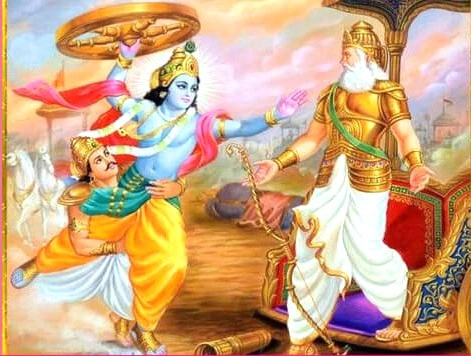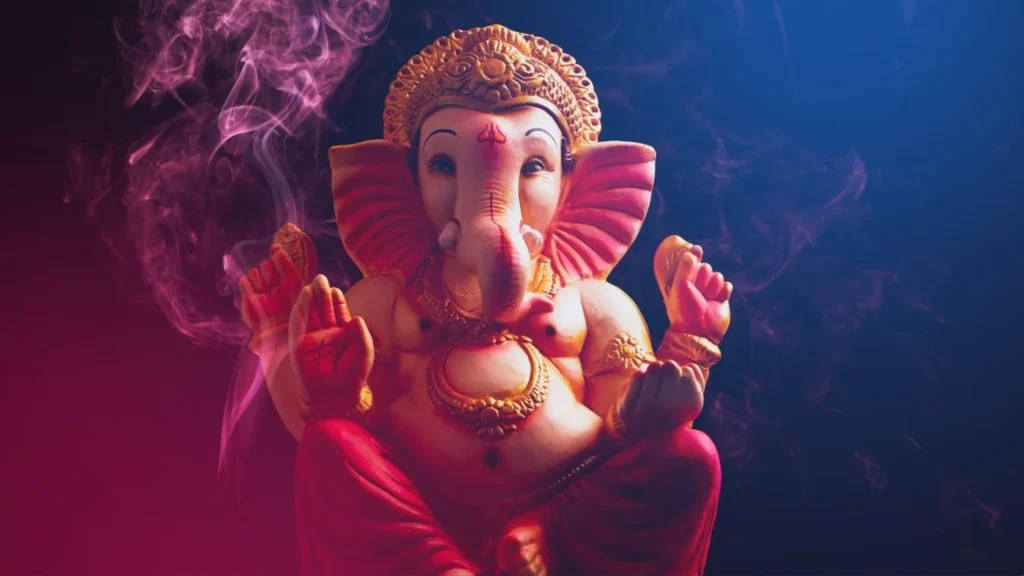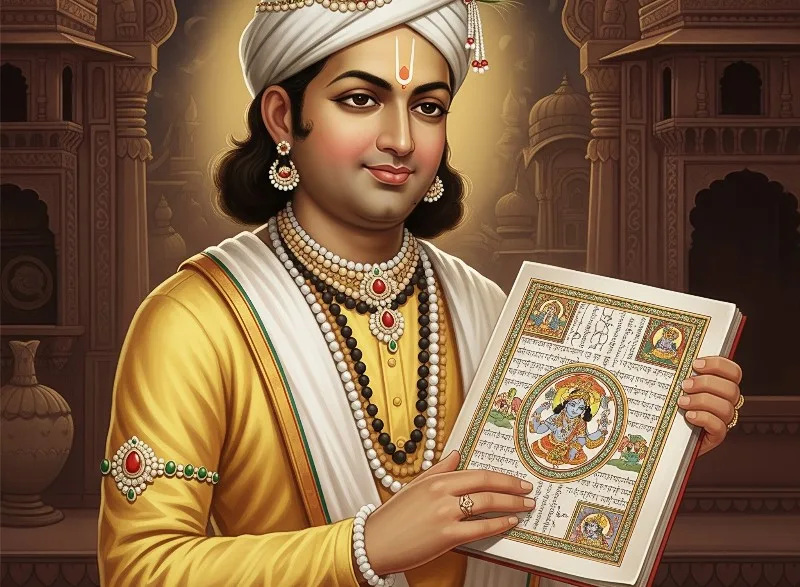
Table of Contents
What This Blog Reveals
This blog, therefore, delves into the spiritual, cultural, and historical essence of Spiritual Poem, composed by the 12th-century poet Jayadeva. Furthermore, we explore its relationship with Lord Jagannath, its role in Odisha’s traditions, and ultimately, why it remains a living symbol of devotion even today.
Introduction
Indeed, India is a land where devotion and art go hand in hand. In fact, one such remarkable union is seen in the lyrical verses of Geeta Govinda, penned by the legendary poet Jayadeva. Composed in the 12th century, this timeless poem celebrates the divine love between Lord Krishna and Radha. Furthermore, it has become an inseparable part of Jagannath culture in Odisha.
Who Was Jayadeva?
Unveiling the Poet Behind
Jayadeva was a celebrated poet of the 12th century and is regarded as one of Odisha’s greatest literary icons. Although some argue he was born in Bengal, strong historical and archaeological evidence confirms his birthplace as Kenduli village on the banks of the Prachi River in Odisha. Furthermore, his devotion to Lord Jagannath profoundly influenced his writings, particularly his divine song of love.
What is Geeta Govinda All About?
A Lyrical Journey of Devotion
It is more than just a poem; in fact, it’s a vivid depiction of the passionate and spiritual relationship between Lord Krishna and Radha. Consequently, Jayadeva’s writing transformed Krishna from just another incarnation of Vishnu into the Supreme Being himself—the “Incarnator,” not merely an incarnation.
- Firstly, it celebrates Bhakti (devotion) through divine love.
- Secondly, it presents the ten incarnations of Lord Vishnu—also revered as Lord Jagannath.
- Finally, the entire narrative forms the backbone of Odissi dance, temple rituals, and spiritual literature.
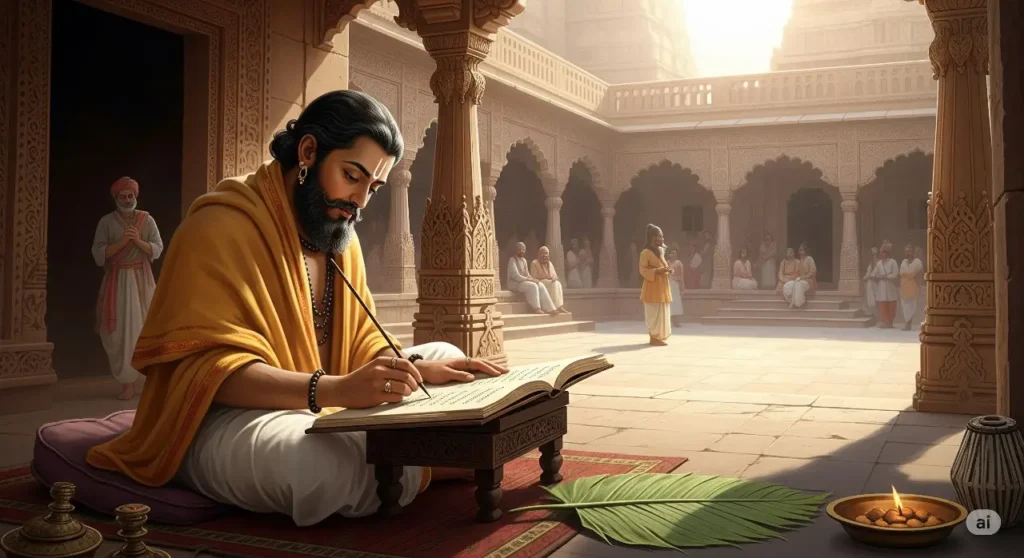
How is Geeta Govinda Connected to Lord Jagannath?
Sacred Rituals, Temple Songs, and Living Devotion
The connection between this poetic masterpiece and Lord Jagannath is sacred and vibrant:
-
- According to legend, Lord Jagannath was so enchanted by a farmer’s singing of Geeta Govinda that He followed him into the field and was later found with brinjal thorns in His clothes.
- As a result, nightly recitations of the poem became a temple tradition during the Badasinghara (bedtime ritual).
- Furthermore, Devdasis, or temple dancers, once performed Jayadeva’s verses inside the Puri temple, reflecting the integration of art and devotion.
- Nevertheless, even when kings attempted to replace it with other works, Lord Jagannath “appeared in dreams” demanding the return of Jayadeva’s original verses.
Its Lasting Legacy in Odia Culture and Beyond
The Living Monument of Odisha’s Soul
Over centuries, Geeta Govinda has woven itself into the very soul of Odia culture:
- Odissi dance often borrows its themes and lyrics directly from the poem.
- Sculptures and temple art across Odisha reflect its influence.
- The poem has been translated into more than 160 editions and many languages including English, German, Dutch, and Latin.
- It has inspired not just literature, but also spiritual practices, music, and everyday rituals in Odisha.
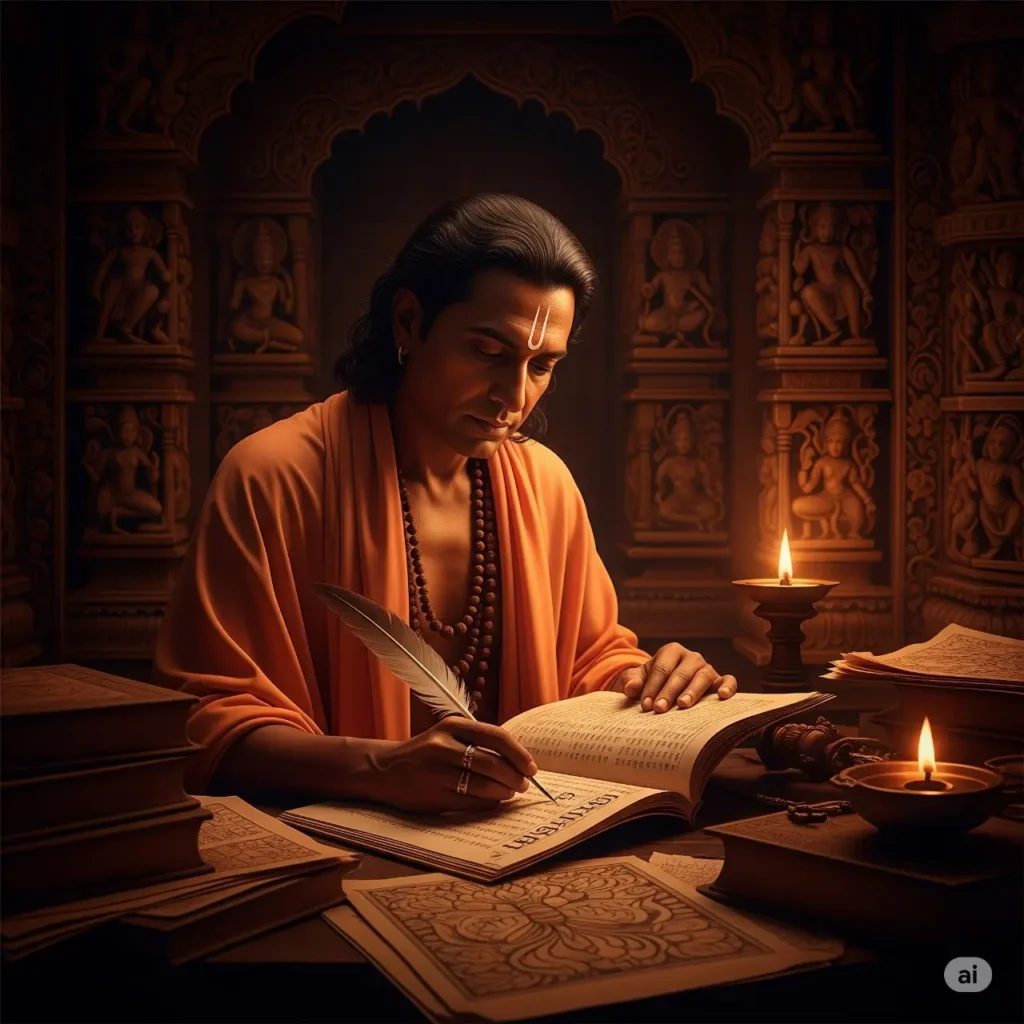
Why This Spiritual Work Still Resonates
Transitioning Through Time Without Losing Relevance
Even though centuries have passed, Jayadeva’s devotional lyrics still resonate deeply. Here’s why:
- Firstly, it bridges the Bhakti movement, Vaishnavism, and the Jagannath cult harmoniously.
- Secondly, its verses are considered sacred and ritually sung at Jagannath Temple.
- Finally, it is a cultural heritage that stands as a symbol of Odia identity and devotion.
People Always Ask
Q1. Who wrote Geeta Govinda, and in which language?
Q2. What is the theme of Geeta Govinda?
Specifically, the poem focuses on the spiritual and divine love between Radha and Lord Krishna, portraying Bhakti (devotion) as the highest path.
Q3. How is Geeta Govinda related to Jagannath Temple?
Geeta Govinda is sung every night at the Jagannath Temple as part of the Lord’s bedtime rituals. It holds a sacred place in temple traditions.
Q4. What is the significance of Geeta Govinda in Odissi dance?
For instance, many Odissi dance compositions are inspired by Geeta Govinda, especially the famous Dasavatara Stotra (Ten Incarnations of Vishnu).
Q5. Was Jayadeva from Odisha or Bengal?
While a few sources claim he was from Bengal, a majority of scholars and archaeological evidence suggest he was born in Kenduli, Odisha.
Final Thoughts
Undoubtedly, Jayadeva’s lyrical creation is not just literature. Moreover, from temple rituals to classical dance, its presence is everywhere. Consequently, it continues to inspire artists, poets, and devotees alike, uniting generations in its rhythm of divine love.
Keep the Tradition Alive
Indeed, have you ever read Geeta Govinda or heard it sung during the Jagannath Temple rituals? If so, we invite you to share your experience with us in the comments.
Moreover, if you’re a writer, artist, or cultural enthusiast, explore this poetic treasure and spread its timeless glory. Thus, let the world know about Odisha’s literary gem!

